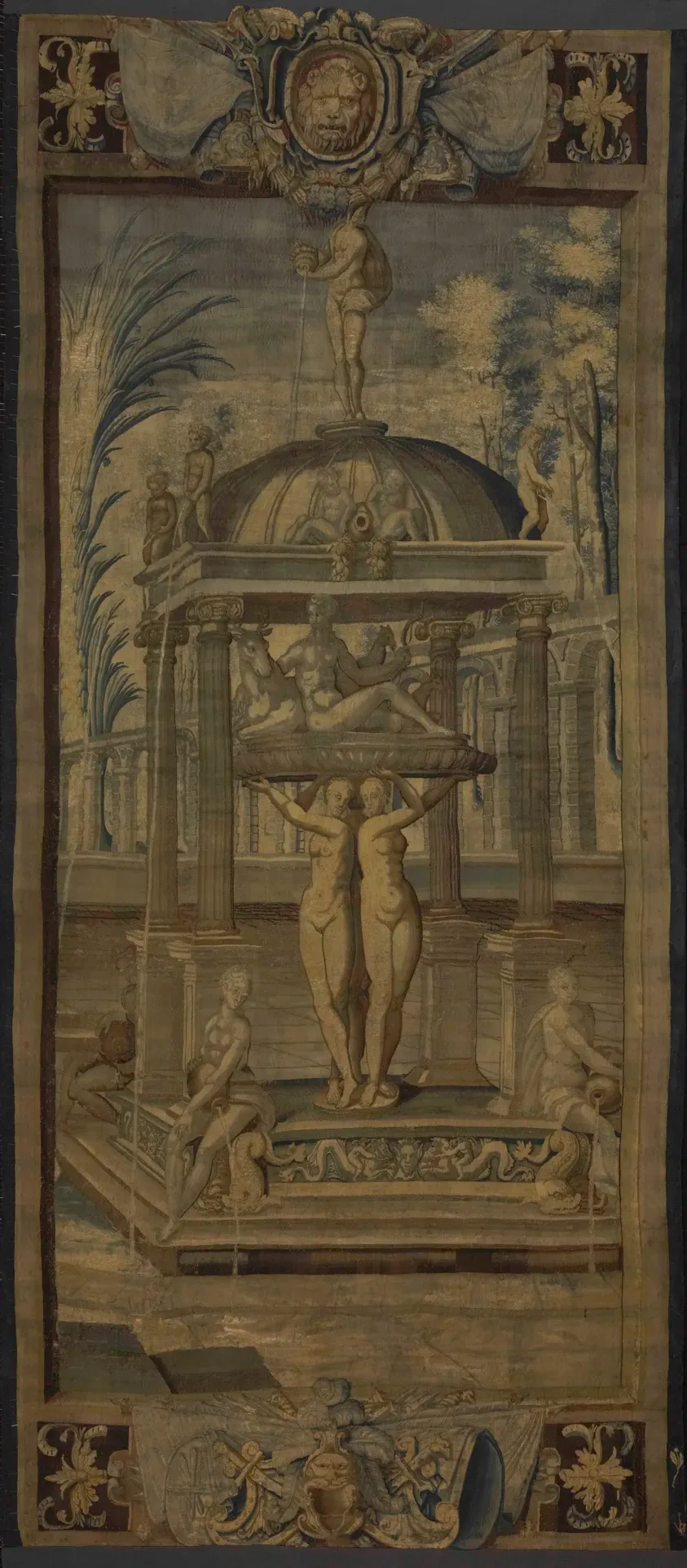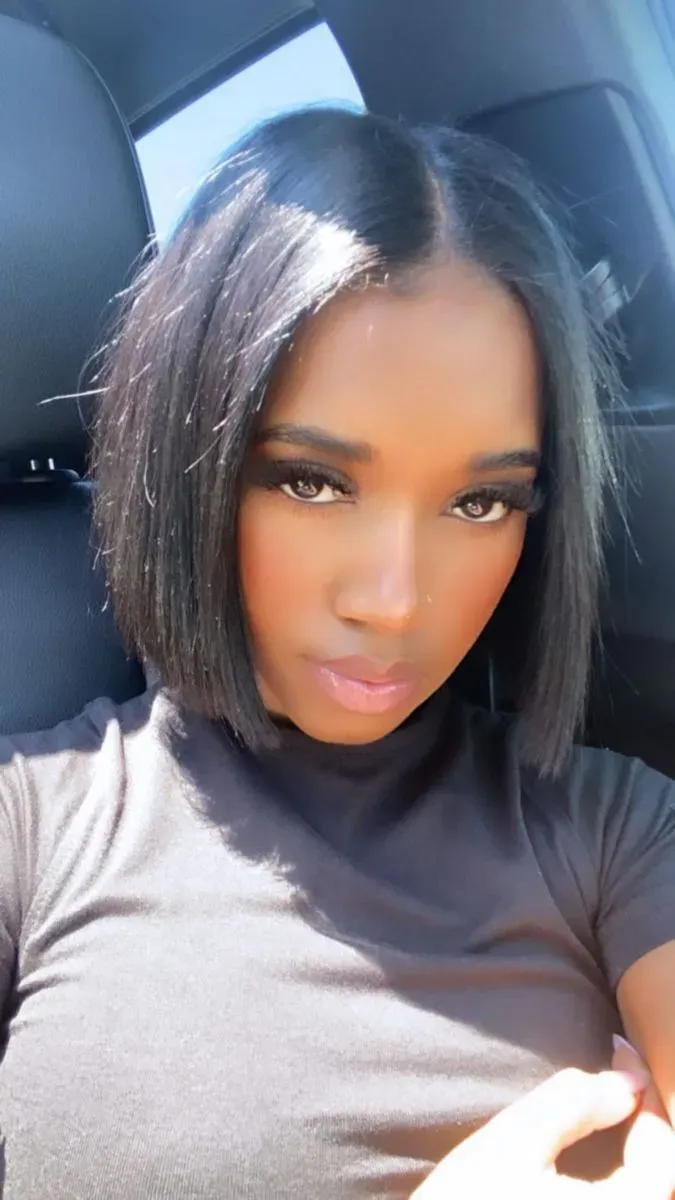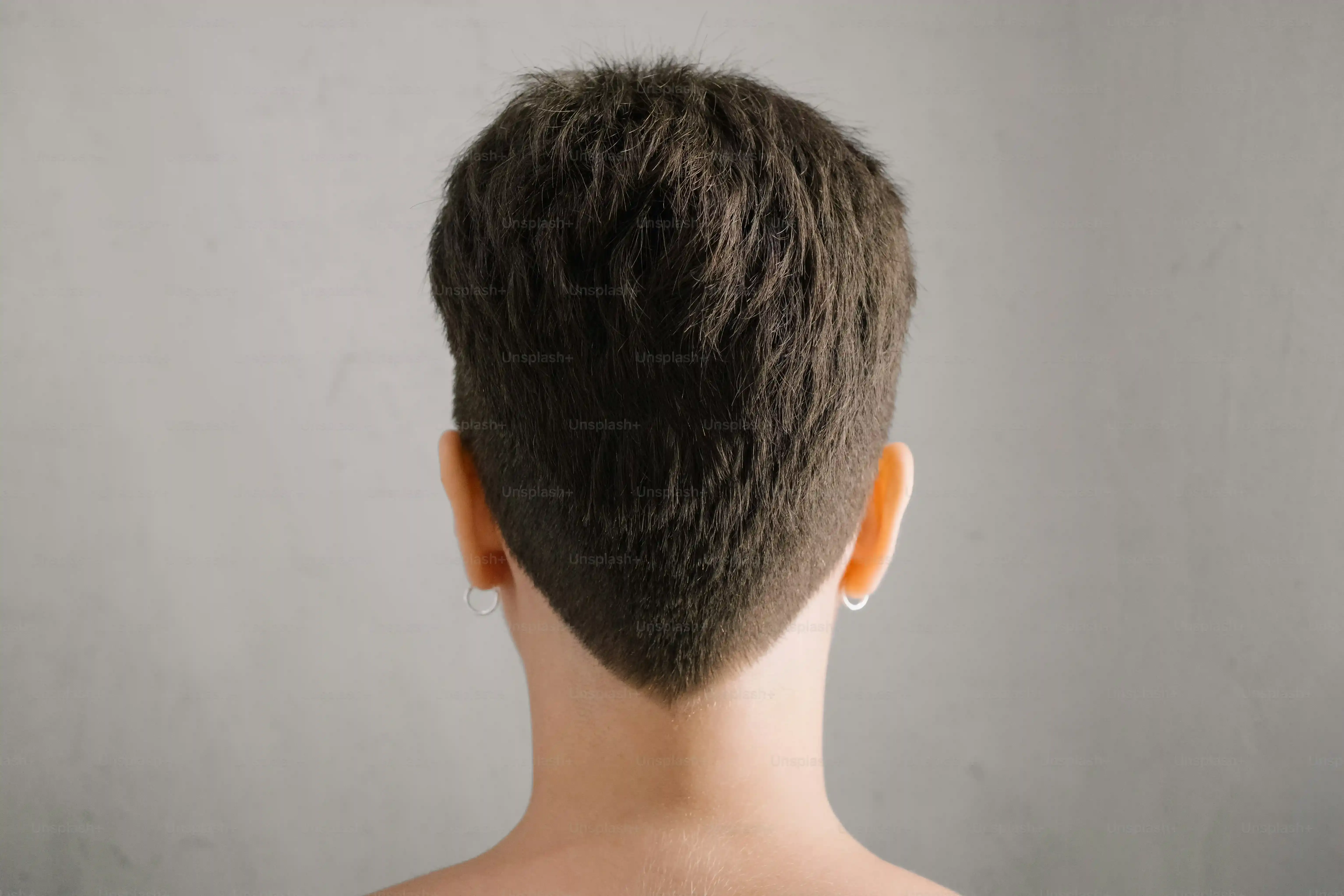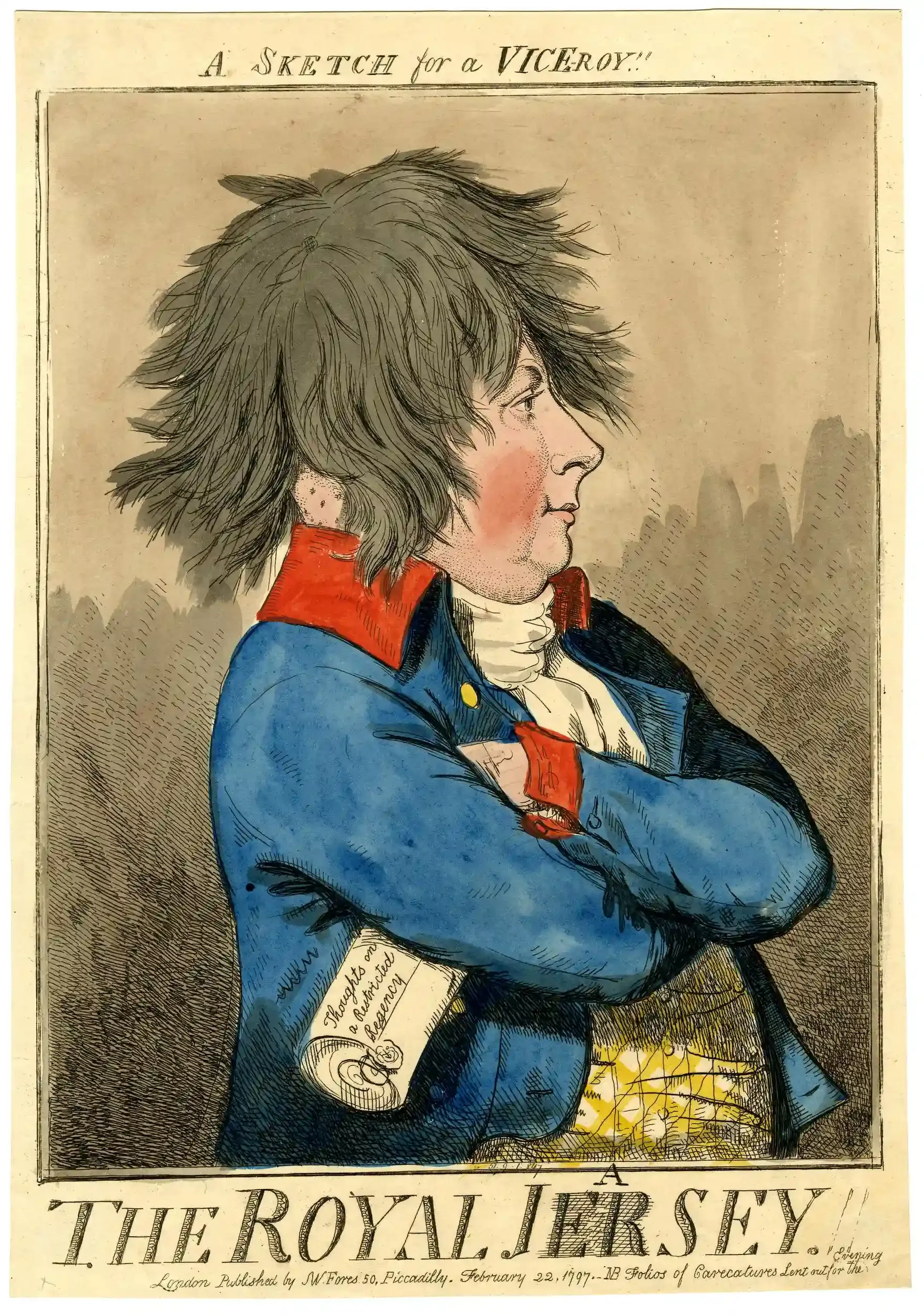Table of Contents
Thinking about chopping it all off? Maybe the thought of a serious snip has been dancing in your head, but cutting your natural hair feels like a monumental decision. Let's be real, our hair often feels like a big part of who we are, and a drastic change can be intimidating. You've seen the looks – sharp, chic, bold – and maybe you're wondering if a natural hair bob cut could actually work for *you*. Will it frizz? Will you even know how to style it? These are fair questions, and you're not alone in asking them.
Why Consider a Natural Hair Bob Cut?

Why Consider a Natural Hair Bob Cut?
Look, I get it. Cutting off length can feel like a betrayal, especially when you've nurtured those curls for years. But a natural hair bob cut? It's more than just a haircut; it's a statement. It screams confidence, requires less daily manipulation (hello, wash-and-go!), and lets your facial features take center stage. Think about the hours you've spent twisting, braiding, or trying to coax moisture into thirsty ends. A well-executed natural hair bob cut can drastically cut down on that labor, freeing up time and energy you didn't know you had. It's a chance to redefine your look, shed dead weight (literally), and embrace a style that's both chic and surprisingly low-maintenance, provided you treat it right.
Finding Your Perfect Natural Hair Bob Cut Style

Finding Your Perfect Natural Hair Bob Cut Style
Matching the Cut to Your Unique Vibe and Texture
so you're leaning towards the chop. Awesome! Now comes the fun part: figuring out which natural hair bob cut is *the one*. It's not a one-size-fits-all deal. Your face shape plays a huge role, for starters. A blunt bob might look stunning on a heart-shaped face, while an angled or A-line bob could really complement a rounder face by adding some structure. But honestly, the biggest factor for a natural hair bob cut is your texture. Are we talking tight coils, loose waves, or something in between? Knowing your curl pattern and how it behaves when wet and dry is crucial. You want a cut that works *with* your hair's natural tendency, not against it. A good stylist who understands natural hair is your best friend here. They can tell you how shrinkage will affect the final length and shape, and what styles will require the least daily fuss for your specific texture.
Exploring Bob Variations and Talking to Your Stylist
The world of the natural hair bob cut is way bigger than just one look. You've got options! There's the classic blunt bob, sharp and sophisticated. Then there's the angled bob, longer in the front, giving you a dramatic edge. A stacked bob builds volume at the back, perfect if you want a fuller shape. Don't forget the asymmetrical bob, where one side is longer than the other for a truly unique look. Messy bobs are fantastic for showcasing texture and require minimal styling – just shake and go, practically. Before you sit in the chair, do a little research. Find pictures of natural hair bob cuts on people with similar hair types and face shapes to yours. Save them! This gives your stylist a visual guide to exactly what you're envisioning. Be clear about your lifestyle too. If you're not into heat styling or spending hours in front of the mirror, tell them. They can recommend a cut that fits your maintenance tolerance.
Thinking about different bob styles?
- Blunt Bob: Clean, sharp lines.
- Angled Bob (A-Line): Shorter back, longer front.
- Stacked Bob: Layered in the back for volume.
- Asymmetrical Bob: Uneven lengths on each side.
- Messy Bob: Textured, often layered, low-fuss.
Mastering the Style of Your Natural Hair Bob Cut

Mastering the Style of Your Natural Hair Bob Cut
Embracing Your Natural Texture with Ease
you've got the cut. Now comes the daily dance: mastering the style of your natural hair bob cut. Forget fighting your texture. The beauty of a bob on natural hair is how it lets your curls, coils, or waves do their thing. The goal isn't to force it into submission, but to enhance what you've got. Think about wash-and-gos – they become infinitely easier with less length. You can really focus on getting definition right to the ends. A good leave-in conditioner and a reliable gel or curl cream are your best friends here. Rake the product through, scrunch, and let it air dry or diffuse. Sometimes, the best style is the one that requires the least effort. Don't be afraid to play with parting – a deep side part can completely change the look of a natural hair bob cut.
Quick Fixes and Versatile Looks
Even with a low-maintenance cut, some mornings require a little intervention. Maybe one side is looking a bit flat, or the back needs a quick refresh. That's where quick styling techniques come in handy for your natural hair bob cut. A spritz of water mixed with a bit of leave-in can reactivate curls. Finger coiling a few key pieces around your face can add polish. Headbands or scarves are fantastic for camouflaging a slightly unruly day or adding a pop of color. And don't underestimate the power of picking it out slightly at the roots for volume. You can even do mini twist-outs or braid-outs for a different texture pattern that lasts a few days. The shorter length means these styles dry faster, which is a win in my book.
Need some quick styling ideas for your bob?
- Refresh with a water/leave-in spray.
- Finger coil face-framing pieces.
- Use headbands or scarves for quick style.
- Pick at the roots for volume.
- Try mini twist-outs or braid-outs.
Keeping Your Natural Hair Bob Cut Looking Sharp

Keeping Your Natural Hair Bob Cut Looking Sharp
Regular Trims Are Non-Negotiable
Alright, you've got this fantastic natural hair bob cut. It looks great, feels lighter, and you're getting compliments left and right. But here's the secret to keeping it looking sharp: you cannot skip your trims. I know, I know. You just cut it! But a bob, especially on natural hair, relies on its shape. Split ends will march right up the hair shaft and ruin that clean line faster than you can say "shrinkage." Depending on how fast your hair grows and how you style it, you're looking at needing a trim roughly every 6-8 weeks. Think of it like getting your car's oil changed. It’s not the most exciting thing, but neglecting it will cost you more down the line. A good stylist will just dust the ends, maintaining the shape without taking off precious length.
Moisture is Your Bob's Best Friend
Dry hair is unhappy hair, and an unhappy natural hair bob cut is a frizzy, shapeless mess. Period. Keeping your bob moisturized is key to making sure those curls pop and the shape holds. This means a consistent routine. Deep conditioning regularly is non-negotiable. Find a good leave-in conditioner you love and use it daily or every few days, depending on your hair's needs. Sealing that moisture in with an oil or butter is also crucial, especially on the ends which are the oldest and most fragile part of your hair. Don't be shy with the products, but also don't overload it. Find that sweet spot where your hair feels soft and supple, not greasy. Protecting your hair at night with a satin bonnet or pillowcase is also essential for retaining moisture and preventing friction that leads to frizz and breakage.
Wondering how to keep your bob hydrated?
- Deep condition weekly.
- Use a daily leave-in conditioner.
- Seal with a natural oil or butter.
- Protect with satin at night.
- Consider a humidifier in dry climates.
Your Natural Hair Bob Cut Questions Answered

Your Natural Hair Bob Cut Questions Answered
Does a Bob Mean More Work for Natural Hair?
let's tackle the big one right away. Does getting a natural hair bob cut mean you're signing up for a daily battle? Not necessarily. While you still need a routine, the *type* of work changes. You're dealing with less hair overall, which means faster wash days and potentially quicker styling sessions. The key is consistency with moisture and protection, as we discussed. You might spend less time detangling a foot of hair and more time ensuring those shorter ends are perfectly defined. It’s not about *more* work, it’s about *different* work, often less physically taxing work.
Can I Still Style My Bob in Different Ways?
Absolutely! Don't think a natural hair bob cut locks you into one look. The shorter length actually opens up some fun possibilities. You can play with deep side parts, slick it back (gel is your friend here), or add hairpins and accessories for a quick change. Mini twists, flat twists along the hairline, or even Bantu knots can give you temporary texture and add a different dimension. While updos might be limited compared to waist-length hair, the structure of a bob makes simple styles look incredibly polished. Plus, growing out a bob is usually less awkward than growing out a pixie cut.
Common questions about the natural hair bob cut:
- Will shrinkage make it too short? (A good stylist accounts for shrinkage)
- Is it hard to maintain? (Requires consistent moisture and trims, not necessarily *harder*)
- Can I still wear protective styles? (Yes, smaller styles like mini twists or cornrows are possible)
- How often do I need to trim it? (Typically every 6-8 weeks)
- What products are essential? (Leave-in conditioner, styler, sealant oil/butter, deep conditioner)
Embracing the Edge: Your Bob Story
So, you've considered the angles, weighed the styling options, and maybe even pictured yourself with that sharp line. The natural hair bob cut isn't just a haircut; it's a statement. It demands a different kind of attention, both from you and from the world. It might feel liberating, or it might feel a little weird at first, like wearing shoes that are *almost* your size. But mastering it, finding your rhythm with it, that’s where the real confidence kicks in. It’s less about chasing some perfect Pinterest board image and more about owning the look that works for your texture, your face, and your life right now. It’s not always effortless perfection (because, hair), but when it hits? It hits hard. Go ahead, give it a shot. What's the worst that can happen? It grows back.